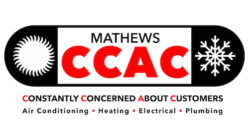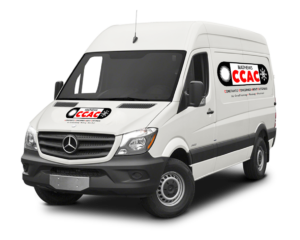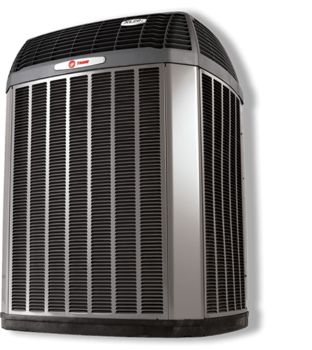
Home insulation is often an X-factor. By checking your insulation levels in certain critical areas, however, you can make an assumption about the status quo throughout the house.
Attic Insulation
The attic is the most essential location to reduce unwanted heat loss and heat gain. Attic insulation is generally one of two types:
- Fiberglass batts. Roll-out blankets of fluffy insulation that fit between attic joists.
- Loose-fill. Blown-in cellulose consisting of pulverized paper particles or loose fiberglass fibers.
Department of Energy standards for our climate zone recommend an attic R-value of R30 to R60. In actual depth, this translates to 10 to 20 inches of fiberglass batts or 8 to 16 inches of loose-fill cellulose or fiberglass. Most existing attic insulation is accessible for DIY measurement with a simple yardstick. For safety, pick a cool time of day, wear proper clothes and a face mask, and make sure you step only on walkway boards when you venture into the attic.
Wall Insulation
Exterior walls may contain fiberglass batts or loose-fill cellulose installed inside the wall cavity during original construction. Evaluating it is more problematic without professional help. Here are two options:
- Turn off power to a specific room at the electrical panel. Remove an electrical outlet cover and peek into the wall cavity. You should be able to at least determine if insulation is present (many houses in warm climates have no wall insulation) and what type.
- Contact a qualified HVAC contractor for a more accurate wall insulation evaluation. A service technician can make small access holes in inconspicuous spots, then use an inspection scope to check insulation levels. Also, an infrared camera can be utilized to image heat transfer through walls and estimate insulation quality and amount.
For professional expertise to check your insulation levels, contact CCAC.
Our goal is to help educate our customers in Corpus Christi, Texas about energy and home comfort issues (specific to HVAC systems). For more information about your HVAC system, download our free Home Comfort Guide or call us at 361-678-2495.












